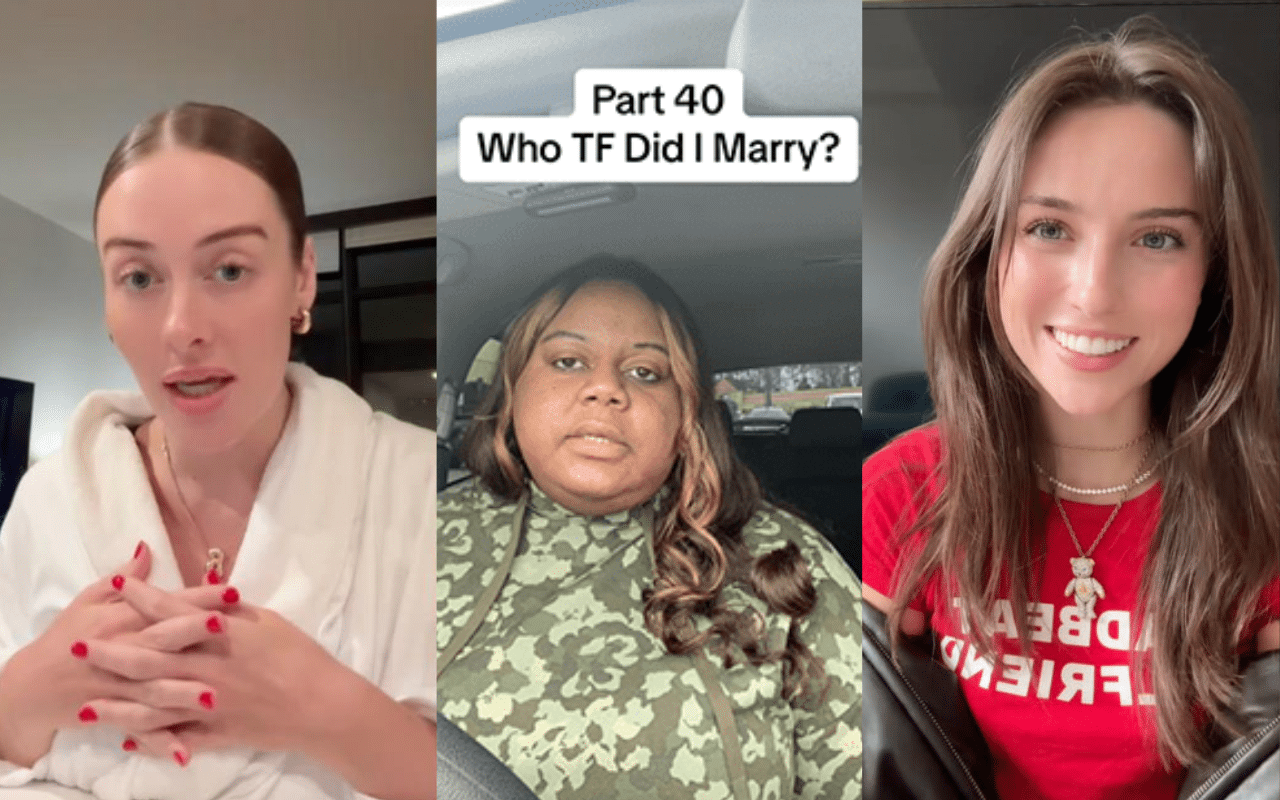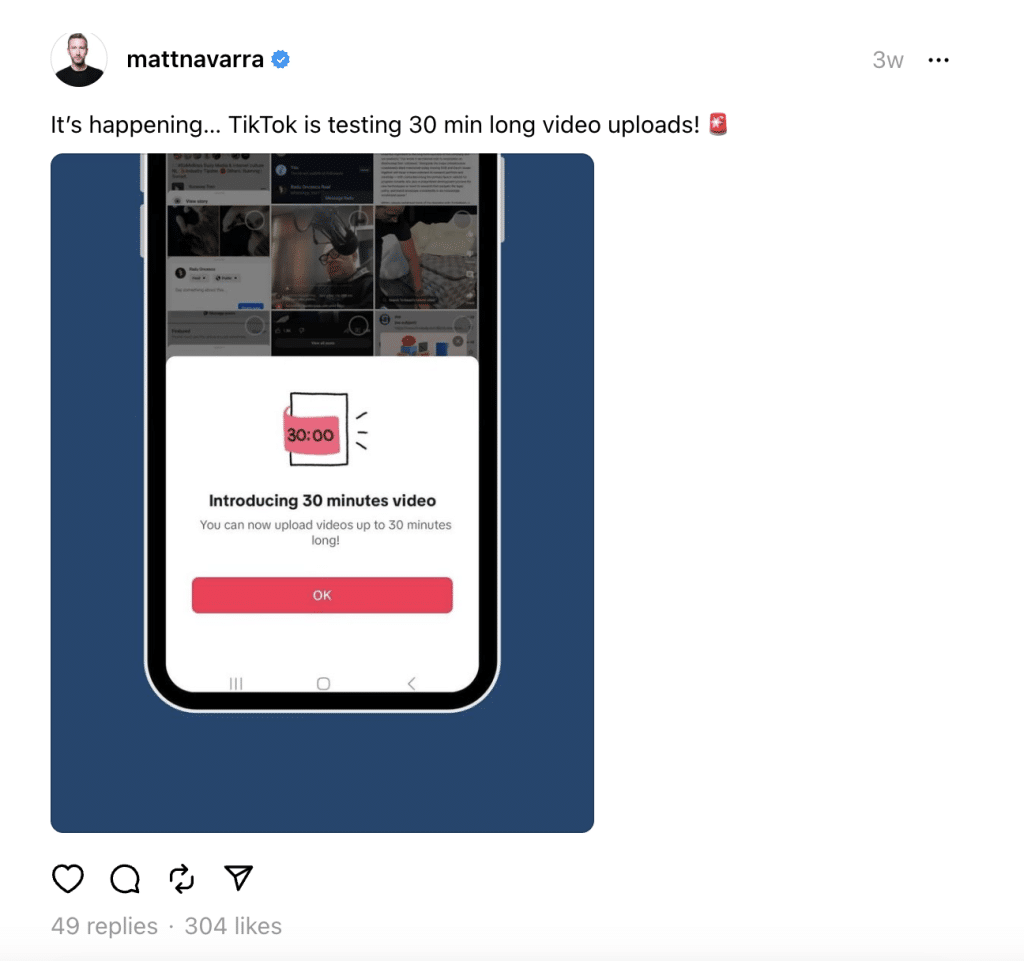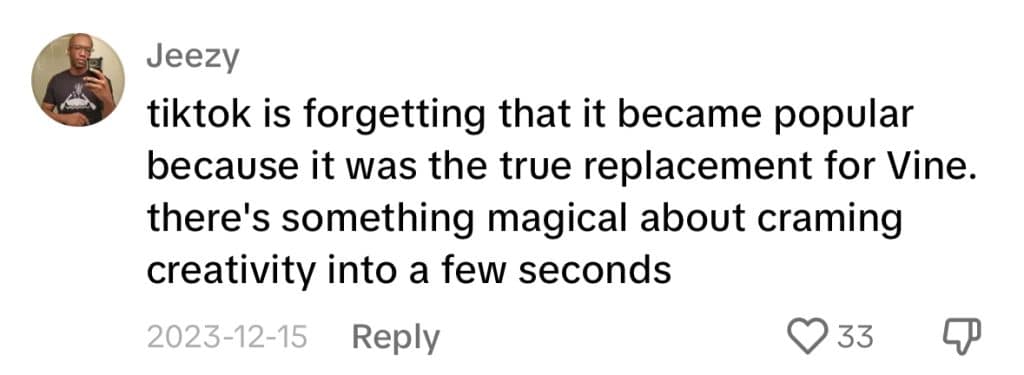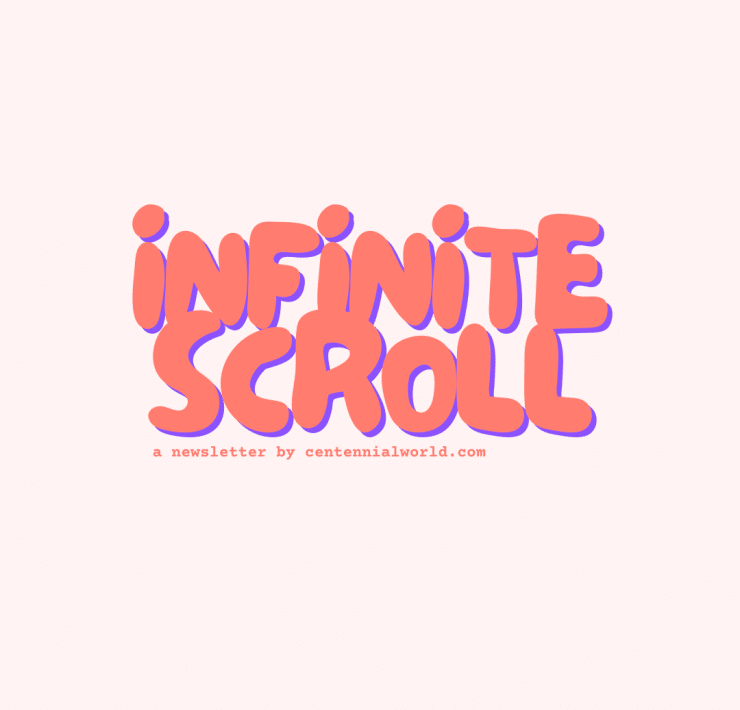
This article was originally published on February 20, 2024. Updated on July 16, 2024.
Since TikTok’s rise, short-form content has reigned supreme in the digital world. Daily vlogs that once lasted 30 minutes have been replaced by minute-long GRWM videos, and the traditional 15-minute hauls have given way to the classic OOTD.
While YouTubers of years past still favour longer videos, most content creators have shifted towards the shorter format. The move is an effort to connect with Gen Z on the platforms they prefer and align with their ideal content style.
Adrift in a sea of content, Gen Z spends about 7.2 hours watching videos daily— a vast majority being user-generated. As The Los Angeles Times reported, almost half (48%) of the videos Gen Z consumes come from creators beyond traditional entertainment.
Now, in a bid to capture Gen Z’s attention, these creators have had to become experts in multi-platform and format storytelling.
According to YouTube’s 2022 Culture & Trends Report, 59% of Gen Z opt for short-form video, using it to discover other longer and more immersive content. The same report found that “87% of people have watched at least 4 of the content formats” available on YouTube— ranging from YouTube Shorts to full-length videos. Where storytelling spans different formats, audiences can determine the depth of their engagement with specific content.
This reflects a broader shift in Gen Z’s video consumption over the past few years. Critics, including pop culture enthusiasts and journalists, have long ridiculed Gen Z for their “short attention spans” and inability to engage with content that lasts more than one minute.
But the truth is that the appeal for long-form content is stronger than ever.
Based on a recent survey conducted by the Pew Research Center with teens aged 13 to 17, 90% say they use YouTube— a platform best known for hosting longer-form content. 70% of those participants said they use YouTube daily, compared to 58% of teens who answered the same for TikTok.
While Gen Z often turns to YouTube for “soothing content” (one such genre being ASMR), there is a growing interest in commentary-style content. Video essays, particularly homemade documentaries on different subjects, seem to resonate deeply with this generation.
A notable example is hbomberguy, whose real name is Harry Brewis. After uploading a nearly four-hour-long documentary on the plagiarism epidemic among content creators, hbomberguy went super viral. Posted in December 2023, the video has accumulated an impressive 23 million views, highlighting Gen Z’s enthusiasm for in-depth content.
In typical social media fashion, TikTok is now striving to expand its role— transforming from the favoured short-form video platform to one that also accommodates longer content.
TikTok has extended the permissible video length on the platform. Previously capped at 15 seconds, the maximum duration for a TikTok video now sits at 30 minutes in specific markets. As reported by TechCrunch, the update rolled out in January, just a few months after TikTok started trialling 15-minute-long videos.

TikTok’s shift in strategy— which positions the platform in direct competition with YouTube— hasn’t been well-received.
Numerous users are concerned about TikTok’s decision. Many have asserted that it is detrimental to the viewer experience, where they will go to YouTube if they want to watch long-form videos.
A TikTok user named Melanie voiced her apprehensions under a video explaining the update, commenting, “It will kill TikTok for most people.”
Another user emphasised, “TikTok is forgetting that it became popular because it was the true replacement for Vine. There’s something magical about cramming creativity into a few seconds.”


But the tide is most definitely turning.
Over the past month, well-established creators have replaced short-form style content for multiple-part storytimes. One such example is Brooke Schofield of ‘Cancelled Podcast’ fame.
On June 27, Brooke took to TikTok to expose one of her ex-boyfriends, Clinton Kane. In a 14-part series, Brooke asserted that Clinton had lied extensively throughout their relationship— from claiming that his mother, brother and father died in the same year to saying that he had grown up in Australia (when he actually lived in Brunei). Among the lies, she also spoke about how Clinton would manipulate her, leaving her in an extremely vulnerable state.
The series has been wildly successful, amassing over 126 million views on TikTok in the last two weeks. Many other creators have jumped in on the conversation, seeking to offer their support to Brooke and commentary on the situation.
@brookeschofield1 Replying to @Hotaru
♬ original sound – Brooke Schofield
In response, Clinton went on to post his own TikTok series—after first issuing a (poorly-received) statement through Rolling Stone.
Across 29 videos, Clinton went “lie for lie” with Brooke. He alleged that the Cancelled podcaster exaggerated many “important” details, like the cost of an overnight hotel stay or when they got pulled over by police while driving.
Despite the majority of the internet siding with Brooke and claiming that Clinton missed the point of her series, his response has not gone unnoticed. At the time of publication, his videos have garnered over 60 million views, serving as a testament to Gen Z’s interest in longer-form content (especially when drama is involved).
Madeline Argy is another creator who has capitalised on Gen Z’s willingness to engage with the multi-part storytime. Last weekend, Madeline took to the platform to get candid about her on-again-off-again relationship with UK-based rapper, Central Cee. This came off the back of relationship rumours between Central Cee, TikToker Leah Halton and Ice Spice— all while he was allegedly dating Madeline. With this context, many TikTok users presumed that these rumours were for publicity.
This didn’t stop users from coming for Madeline—assuming she was in on the PR stunt—and questioning why she would let this happen. Not only was this bad for her reputation, but it was supposedly setting a “bad example” for the young women following her. However, in Madeline’s recent series, she revealed that she was being “played” alongside the public.
“Girls, you told me to stand up, so I’m standing up. Let me tell you how I did not know that any of this was going to f—ing happen…” she says at the beginning of the series.
While Brooke and Madeline are going viral for their long-form storytime content on TikTok, they are certainly not the first creators to break through in this way. Many social media pundits and users credit Reesa Teesa with pioneering the shift toward long-form content on the platform.
In February of this year, @reesamteesa posted a 50-part series (of 10-minute-long videos) titled “Who TF did I marry?!” narrating her experience of being married to a pathological liar. The entire series spanned approximately 10 hours, with many TikTok users obsessed, having watched the whole thing.
Characterising her ex-husband as “the United Nations of red flags,” Reesa explained how he deceived her throughout their whole relationship. This included lies about his financial status, particularly when they were planning to buy a house, details about his family, and past relationships.
“I want to tell the story of how I met, dated, married and divorced a real pathological liar,” she says in her introduction video. “I am just a regular woman who thought she met the one, and I didn’t.”
@reesamteesa Who TF Did I Marry- Introduction #reesateesa #fyp #series
♬ original sound – ReesaTeesa
Reesa met her ex-husband online in March 2020. He said he was a successful former “arena football” player who had moved from California to Atlanta for a VP position at a company. Fresh from a recent divorce, he wanted to find a serious, long-term partner.
Their relationship accelerated when COVID-19 hit and they started quarantining together. The pair eventually married in January 2021.
@reesamteesa Just a small snippet of the things my ex husband lied about. #pathologicalliar #divorcetok #covid #reesateesa
♬ original sound – ReesaTeesa
Two unsuccessful attempts to purchase a home, unfulfilled promises of helping Reesa purchase her dream car, and his refusal to be at the hospital during Reesa’s miscarriage ultimately led to their divorce in June of that year.
Just days after posting the series, the videos had amassed millions of views, with Reesa gaining hundreds of thousands of new followers in the process.
Reesa’s (unlikely) success on the platform can be attributed to her authenticity, honesty, and relatability— something that could also be said for Brooke and Madeline. These characteristics fit the platform’s culture, perfectly aligning with TikTok’s expectations of storytelling and creators.
Given that TikTok users are reluctant to embrace long-form video, it’s unsurprising that such extended content must blend with the platform’s existing culture and interests. But Reesa, Brooke and Madeline’s virality also comes down to the fact that users are watching hours of her content ad-free— an anomaly on the internet today.
Although TikTok is gradually introducing more commercial content on the platform, it currently lacks the infrastructure that includes advertisements within playlists— the most common way for many TikTok users to consume multi-part storytimes from beginning to end.
As TikTok relies on storytelling to acclimate its users to long-form content, it remains unclear how viewers will react as more advertisements infiltrate the platform. Initially, users may resist the change, but like everything else on social media, it will probably become something else we all adapt to.


